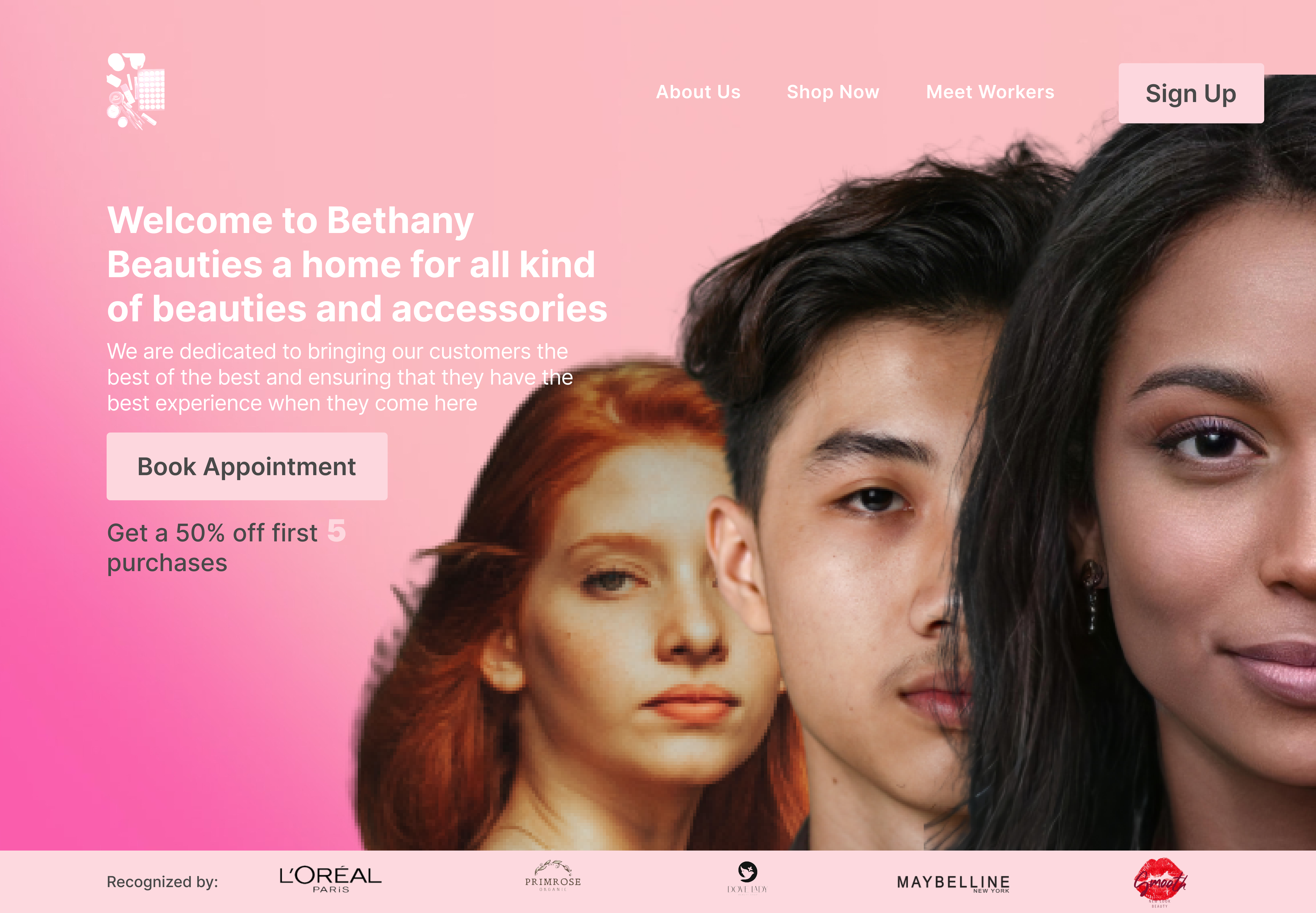What about UI Design
 Bethel-Gold Lambe-Rohi
Bethel-Gold Lambe-Rohi Table of contents

Hey there, are you curious about UI design?
It’s a common question asked by people interested in software design but what exactly is UI design, you may ask? Well, it’s a vital component of creating digital products that are not only visually appealing but also easy to use and navigate.
The UI (User Interface) designers’ main goal is to create an interface that provides an engaging and positive experience for users. They do this by designing the position of buttons, animations, and color schemes, all to enhance user experience and create an emotional connection with the product.
UI design is super important because not only does it make digital products stand out, but it shows the brand identity of the company/product while also improving the user’s experience with them.
In this article, we’ll be exploring the exciting world of UI design, what makes it so crucial, and the skills and tools required to become a UI designer. So buckle up, and let’s dive in!
What is UI Design all about?
UI (User Interface) Design is an essential aspect of the digital world that focuses on enhancing the user experience by creating visually appealing interfaces that are easy to use and navigate. Just like a skilled make-up artist can enhance someone’s natural beauty, a UI designer can elevate the user experience by designing digital products such as mobile applications and websites for all users.
The role of a UI designer is to ensure that the digital product they are designing is visually engaging and easy to navigate. The design should be intuitive, meaning that users should be able to figure out how to use the product without needing extensive instructions.
To achieve this, UI designers need to be equipped with the following elements:
Branding: This is an essential aspect of UI design as it helps create a visual identity for a product. UI designers use branding to establish a connection between the user and the product, which can help build trust and loyalty. In addition to creating a brand identity, UI designers also need to consider how the brand fits into the overall design of the product. This involves considering the user’s needs and preferences and designing the interface to align with them. So, by carefully considering branding elements and incorporating them into the design, UI designers can create engaging and visually appealing interfaces that connect with users on a deeper level.
Visual design: This is another crucial aspect of UI design and the goal of visual design is to make the product visually appealing, clear, and easy to understand. This includes choosing the color scheme, typography, icons, imagery, and layout. Color schemes and typography can help establish the tone of the product, while icons and imagery can make it more visually appealing and engaging. These elements must work together to create an aesthetically pleasing interface that is easy to use and navigate. So, to create effective visual designs, UI designers must have a good understanding of design principles and a strong sense of aesthetics. They must also be able to work with design software such as Figma, Adobe XD, Sketch, and others.
Color theory: This is an essential skill for UI designers. Different colors can evoke different emotions, so it’s essential to choose colors that reflect the brand and create the desired emotional response in users. For example, blue is often used in technology as it represents trust and stability, red is associated with excitement and passion, and green is often used in health and wellness products as it represents growth and balance.
Typography: This is another critical aspect of UI design. UI designers must choose fonts that are easy to read and align with the brand’s visual identity. It’s essential to consider factors such as font size, spacing, and alignment to ensure that the text is easy to read and visually appealing. Good typography can create a positive and professional impression on users, while poor typography can lead to confusion and frustration.
Layout: This is the final element of visual design that UI designers must consider. The layout should be intuitive and easy to navigate, with all elements arranged in a logical order. The placement of buttons, menus, and other interface elements should be based on user behavior research and testing.
UI designers also need to be skilled in design research and UI prototyping.
Design research involves understanding user needs, behaviors, and motivations. This information helps UI designers create interfaces that are tailored to users’ needs and preferences. UI prototyping involves creating wireframes and interactive prototypes to test designs and gather feedback from users. This feedback can then be used to iterate and refine the design.
UI designers also need to consider the usability of the interface. An intuitive interface is essential to ensure that users can accomplish their goals without getting frustrated. It’s like designing a pair of high heels that not only looks good but is also comfortable to wear. UI designers need to make sure that the interface is easy to use and that users can accomplish their goals without any hindrance.
Tools like Figma, Adobe XD, Sketch, and InVision Studio are essential for a UI designer to create wireframes and prototypes to test their designs. These tools allow UI designers to create high-fidelity mockups that can be tested with users to gather feedback and refine the design.
In conclusion, UI design is a fascinating and exciting field that requires creativity, problem-solving skills, and an eye for aesthetics. It’s like playing dress-up for the digital world. A well-designed interface can create a lasting impression on users and enhance their overall experience.
So, if you’re interested in becoming a UI designer, start by learning the basics of design and the tools needed to bring your designs to life. With dedication and hard work, you can become a skilled UI designer and create beautiful, intuitive interfaces that users will love.
Thank you :)
Subscribe to my newsletter
Read articles from Bethel-Gold Lambe-Rohi directly inside your inbox. Subscribe to the newsletter, and don't miss out.
Written by

Bethel-Gold Lambe-Rohi
Bethel-Gold Lambe-Rohi
An author who likes tech related stuff. Already started technical writing